(NLDO) - Two new satellites named Sextans II and Virgo III have just suddenly appeared in the dark region next to the Milky Way galaxy containing Earth.
According to Space.com, with their sudden appearance in astronomical data, Sextans II and Virgo III have joined the group of about 60 known dwarf galaxies gathering around the "monster" Milky Way, the giant spiral galaxy where Earth resides.
The research team led by Professor Masahi Chiba from Tohoku University (Japan) said these two ghostly objects promise to help us understand more about a mysterious "force" of the universe: Dark Matter.

Enlarged image showing the location of the Virgo III galaxy, located in the constellation Virgo, as seen from Earth - Photo: NAOJ/TOHOKU UNIVERSITY
Believing that many of the Milky Way's satellites remain undiscovered due to their distance and faintness, Professor Chiba and his colleagues conducted a new hunt using the Subaru telescope located near the summit of Maunakea in Hawaii and found the two galaxies mentioned above.
The existence of two newly identified dwarf galaxies is strongly linked to the activity of dark matter.
Dark matter is a persistent cosmic problem because it does not interact with light like the regular matter that makes up stars, planets, moons, and us.
However, dark matter makes up 85% of the universe and actually interacts with gravity, potentially affecting the motion and dynamics of light as well as everyday matter.
This allowed scientists to infer the presence of dark matter and eventually determine that large galaxies are surrounded by large halos of this mysterious substance, which play an important role in the evolution of galaxies.
In the early universe, they formed gravitational wells where gas and dust formed stars inside galaxies. Eventually, these halos also collapsed together, forming large galaxies like the Milky Way.
The model also shows that if dark matter exists, it would not form a single large galaxy, but would form hundreds of satellites around it.
For example, the giant Andromeda galaxy, which is even slightly larger than the Milky Way, must have up to 500 satellites, while the Milky Way has at least 220.
But we have only seen a little over 60 of the Milky Way's satellites and 39 of Andromeda's.
Therefore, discovering the most obscure satellite galaxies of the Milky Way or Andromeda is also an indirect way to grasp how dark matter affects the evolution of cosmic objects.
Most closely, research on Sextans II and Virgo III promises interesting information.
Scientists also said that even Subaru, the leading contributor to the discovery of the Milky Way's satellite, could only observe a part of the sky.
So there are still many promising pieces to be found, as humanity develops more comprehensive and at least as powerful telescopes as Subaru.
Source: https://nld.com.vn/lo-dien-2-ke-an-nap-bi-an-ben-thien-ha-chua-trai-dat-196240703102530363.htm


![[Photo] Overcoming all difficulties, speeding up construction progress of Hoa Binh Hydropower Plant Expansion Project](https://vstatic.vietnam.vn/vietnam/resource/IMAGE/2025/4/12/bff04b551e98484c84d74c8faa3526e0)



![[Photo] Closing of the 11th Conference of the 13th Central Committee of the Communist Party of Vietnam](https://vstatic.vietnam.vn/vietnam/resource/IMAGE/2025/4/12/114b57fe6e9b4814a5ddfacf6dfe5b7f)

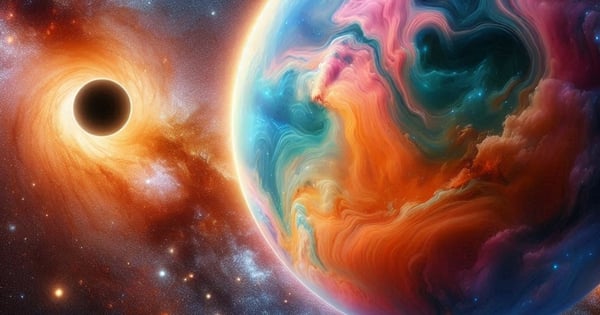
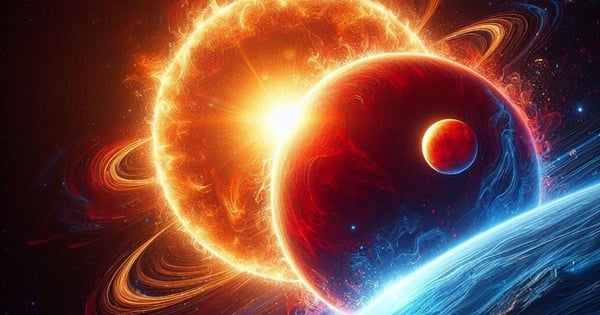
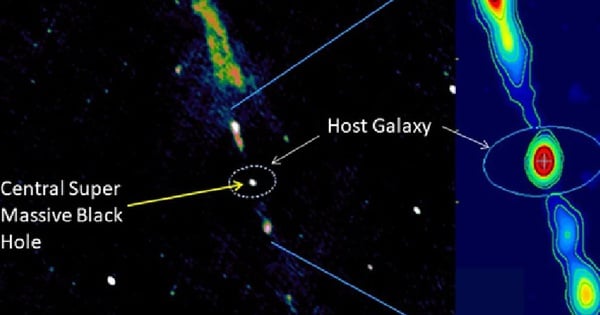
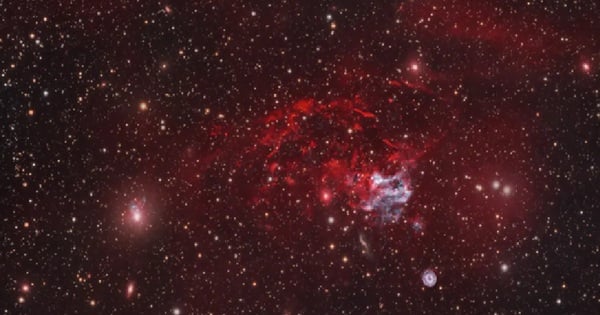
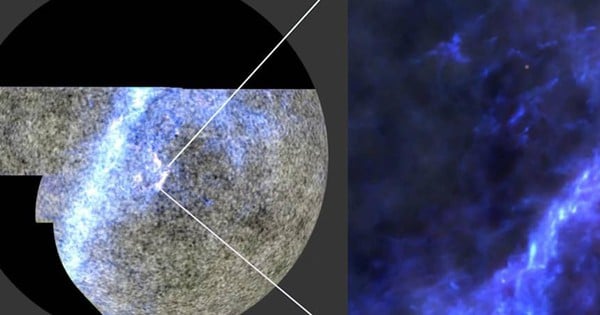
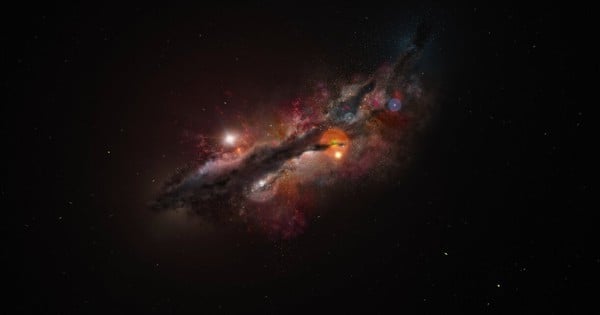















































































Comment (0)